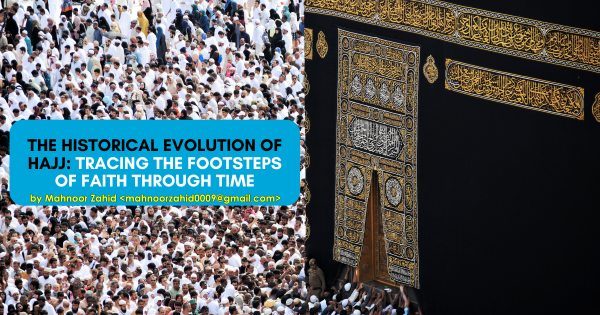| Quran Collection |
| Seerah & Hadith Collection |
| Islamic Movies & TV Shows |
| Useful Articles on Muslim Marriage & Married Life |
| Good Deeds-List of Verses in Quran |
| Charity (Sadaqa) - List of Verses in Quran |
| Abul A'ala Maududi: Towards Understanding Islam |
| Download: Prophet's Prayer |
| PEACE TV |
| Huda TV |
| GuideUs TV |
| IQRA TV |
| Eiman TV |
| ISLAM Urdu |
| ISLAM English |
| Farhat Hashmi |
| Video: Prophet's (PBUH) prayer |
| Video: Performing Wuzu (Wudhu) |
| Prophet's (PBUH) Prayer, by Shaikh Muhammad Naasir-ud-Deen Al-Albaani |
| The Treaty of Hudaibiya |
| Islamic Art of Living: Presentations |
| Islamic Art of Living (manners from Quran) |
| Audios from 163 Islamic Scholars |
| Islamic Articles |
| Islamic Personality (Series) |
| A Guide to Islam for non-Muslims |
| Mother's Day, Father's Day ... for us it's everyday |
| Muslims must be MODERATES only |
| Muslim Marriage Guide |
| Hajj & Umrah Made Simple (Urdu/ Hindi) |
| Handbook of Umrah-Haj |
| Hajj: Quick Reference Book |
| Pictorial guide to Hajj Route |
| Download: Prophet's Prayer |
| ISLAM CHANNEL |
| PEACE TV |
| HUDA TV |
| GUIDE US TV |
| ISLAM CHANNEL |
